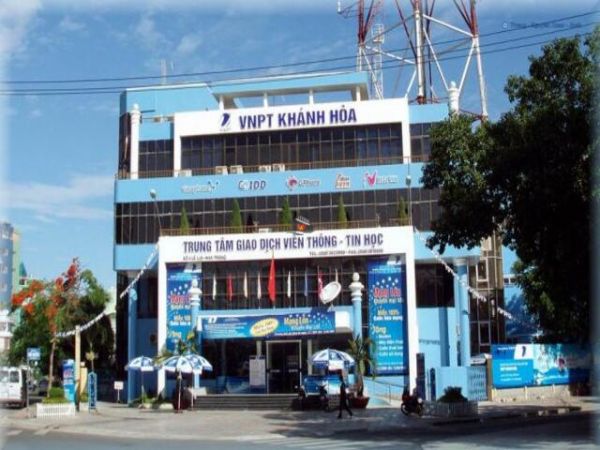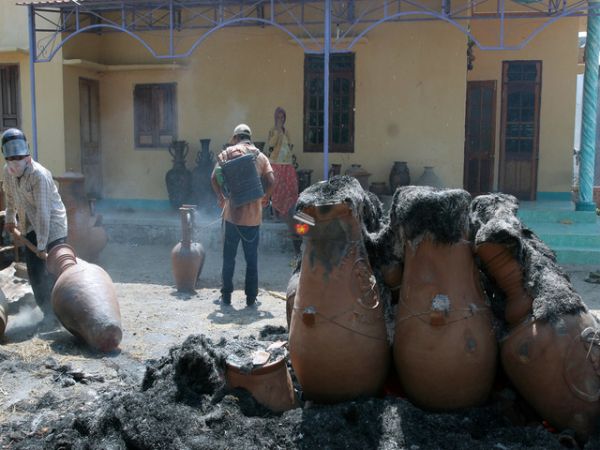SAIGON WAR REMNANTS MUSEUM
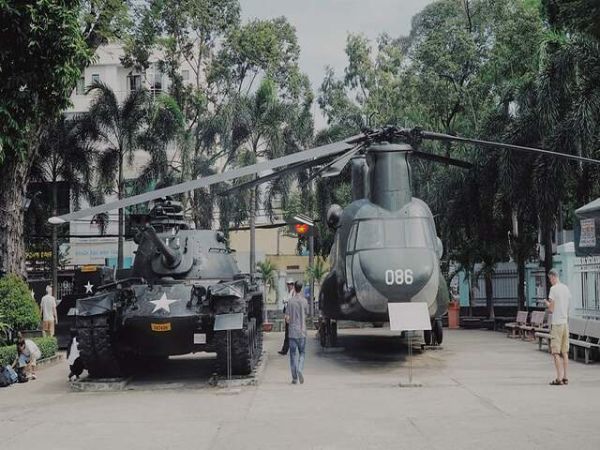
Saigon War Remnants Museum. It is the only museum in Vietnam that systematically studies, collects, preserves, and displays exhibits on war crimes and the effects imposed on the Vietnamese people by foreign hostile forces.
Saigon War Remnants Museum Information:
Address: 28 Vo Van Tan Street, Vo Thi Sau Ward, District 3, Ho Chi Minh City
The opening hours: From 7:30 AM - 5:30 PM.
Entrance fee: 40.000 VND/ Person
The War Remnants Museum is located at the junction of Vo Van Tan Street and Le Quy Don Streets, near the city center and other Saigon tourist sites. It takes 5 minutes to walk from the Independence Palace and roughly 10 minutes to Notre Dame Cathedral or the Saigon Central Post Office.
The history of the Saigon War Remnants Museum:
For many years, the War Remnants Museum has been the most popular in Saigon, Ho Chi Minh City. Many tourists, particularly those from the West, have come to the museum to study the Vietnam War, which was a war of tremendous political significance in contemporary global history, as well as the aftermath.
The War Remnants Museum is historically significant because it depicts the horrific facts of the Second Indochina War and its devastating impact on the Vietnamese people. While the museum focuses mostly on the Second Indochina War, it also covers the French colonial period and battles with China, offering a larger historical perspective. Its exhibitions, which include distressing pictures of war crimes, provide a graphic depiction of the hardship faced by the Vietnamese people, with many images sourced from the US.
The ground floor's collection of posters and images demonstrating international antiwar solidarity provides a contrast to the atrocities displayed upstairs. The museum exposes visitors to the brutal reality of war with exhibits that depict massive damage caused by napalm bombs and the deadly consequences of Agent Orange. The addition of experimental weaponry, as well as the Requiem Exhibition, which honors photographers who died during the conflict, add to the museum's historical value.
The War Remnants Museum is one of Saigon's oldest museums. It was founded in 1975 to reveal the ugly reality of the Vietnam War. Since then, the museum has undergone various adjustments and upgrades as Vietnam and the United States normalized relations.
For many years, the War Remnants Museum has been one of the most popular attractions in Ho Chi Minh City and around the country. During its 45-year history (1975-2020), it has hosted over 23 million tourists, including more than 11 million foreigners. Currently, the museum draws over one million visitors every year.
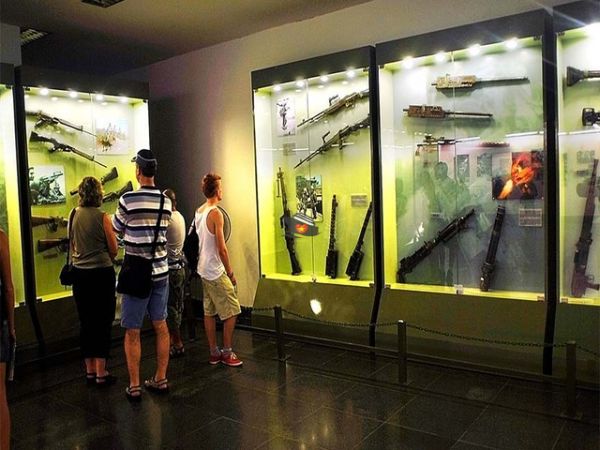
The most convenient method to get to the museum is by taxi, which is accessible in all tourist districts. The trip will cost less than VND 50,000 (approximately USD 2) from District 1.
If you want to save money while also feeling adventurous, using the bus is an excellent alternative. If you're leaving from Mien Dong bus station, use bus number 14, from Ben Thanh market take bus number 28, and from Cho Lon take bus number 6.
Getting a vehicle or motorcycle ride using the Grab and Uber applications is also an excellent alternative.
The War Remnants Museum features outdoor displays as well as a main three-story exhibition structure with a total floor size of 4,522 square meters. The museum now has 20,000 papers, objects, and videos.
The museum has partially revealed the horrific reality of the Vietnam War and its long-term catastrophic repercussions. Some content may be distressing, so consider this before bringing your children here.
As you walk through the front gate of the War Remnants Museum Saigon, you will observe a variety of heavy weaponry utilized by the US Army, including US Air Force helicopters, planes, and armored tanks in the courtyard. Furthermore, numerous sorts of weaponry, including missiles, bombs, and mines, were formerly operational but had their detonators deactivated before being shown here.
At the back, there is a little road that leads to the Tiger Cages, which are reproductions of the real Tiger Cages used in Con Dao jail. Tiger cages are barbed-wire cages used by the South Vietnamese government to covertly hold and torture political detainees in Con Dao. This part only shows a tiny piece of the original exhibition, which included a tiger cage on cobblestones, sculptures of emaciated captives within two gloomy cells, torture devices, a guillotine, and countless black and white images from the time.
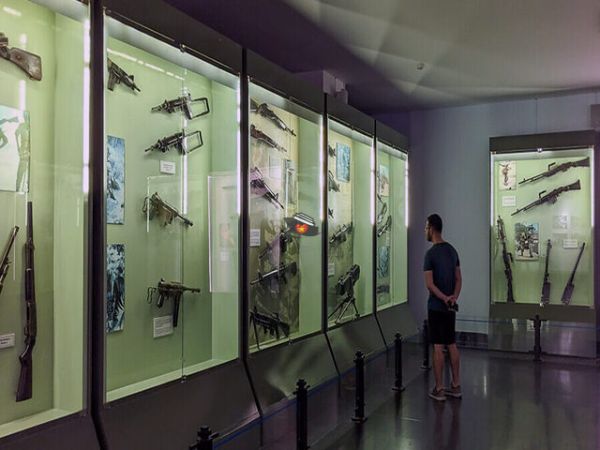
If you approach the museum through the entrance door, you will immediately notice to your left a section dedicated to the victims of Agent Orange (a chemical weapon), titled Difficulty Overcoming Victims of Agent Orange.
They create and sell crafts like keychains, lamps, and sculptures, and they occasionally perform with musical instruments here. This is not only a place to learn about the people's ongoing suffering throughout the Vietnam War, but it is also a place to make tiny contributions to assist these people live better lives.
Behind is an area that frequently hosts temporary exhibitions about Vietnamese history and culture. Although the subjects will change from time to time, they mostly focus on stories from the Vietnam War.
Across the chamber, adjacent to the stairs, there is an exhibition named "The World Supports Vietnam in the Resistance War," which includes 100 images and 145 objects depicting how people all over the globe backed the Vietnamese in their resistance fight against the United States and denounced the Vietnam War. The museum also shows a number of artifacts donated by American troops to convey their remorse for their involvement in the terrible Vietnam War. While some believe that the museum's topic is subjective and biased from a Vietnamese perspective, this exhibition depicts and emphasizes the attitudes and opinions of people all over the world at the time.
This level contains two galleries: "Aftermath of Agent Orange in the Devastating War in Vietnam" and "Aggressive War Crimes".
In the first chamber, you will observe the destruction that poisonous chemicals caused to the Vietnamese countryside and people. During the war, particularly from 1961 to 1971, the United States sprayed more than 80 million liters of hazardous chemicals, including 366 kg of dioxin. As a result, the majority of Vietnamese soils were poisoned, putting roughly 4.8 million Vietnamese people and their descendants in danger of serious impairment. Toxic substances continue to have an impact today.
Aside from the photographs, there is a tragic exhibition that will leave you troubled and tormented for a long time: the Thorxo Abdermine Pagus. Solid proof of Vietnam-era war crimes against the elderly, adults, children, and babies is on exhibit here.
The "Aggressive War Crimes" display, on the other hand, comprises 125 images, 22 papers, and 243 remains depicting war crimes and their severe consequences for Vietnam and its people. The battle left an estimated 3 million dead, 2 million injured, 300,000 missing, and extensive damage to institutions throughout the country.
On the top level of the War Museum Saigon, exhibitions such as "Vietnam War and Peace" and "Historical Truth" provide an overview of the Second Indochina War. Photos of trees ruined by poisonous chemicals, weaponry, and other relics can startle and drive people to tears, as they cannot understand the catastrophic implications of the war despite hearing about it.

The best time to visit the Saigon War Remnants Museum:
The War Remnants Museum Ho Chi Minh will make you shiver because it serves as a stark reminder of the long and brutal Vietnam War, with many graphic photographs and American military equipment on display, including a helicopter with rocket launchers, a tank, a fighter plane, a single-seater attack aircraft, and a 6,800kg conventional bomb.
The War Remnants Museum has been a popular destination for day trips near Ho Chi Minh City. Just northwest of the Independence Palace, this museum is easily accessible by taxi, or motorcycle, and, of course, the most comfortable service is with a private vehicle and professional guide to provide you with a more in-depth explanation.
- Appropriate attire and excellent manners are essential.
- Put the brand stickers on your clothes and show your tickets to the museum officials to get access.
- Leave your large bags (if any) at the ticketing office and safeguard your money and other valuables.
- During your tour, follow the Museum Staff's instructions and the information on the boards.
- Do not bring prohibited objects into the Museum, including firearms, poisons, explosives, and combustible substances.
- Please do not smoke in the display areas, and do not scribble or draw on the exhibits.
- Photography, filming, audio recording, and other special-purpose activities require prior approval from the Museum.
- Contact the Museum Staff for tour registration or any other questions.

Hotline/ WhatsApp: +847-6666-0606
Email: info@friendlytravel.vn



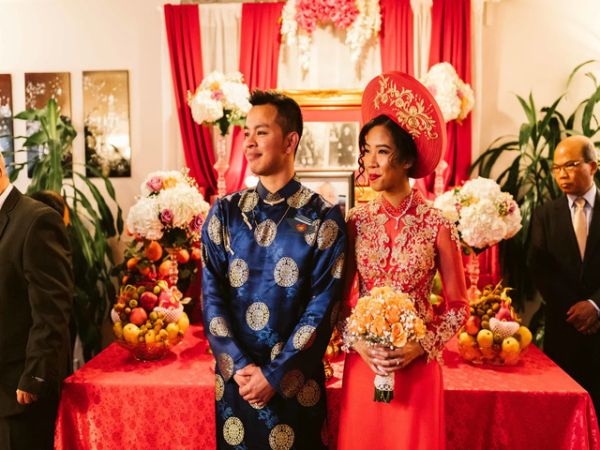
.jpg)




